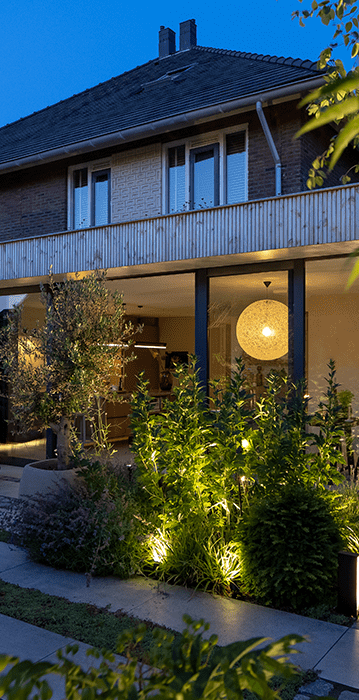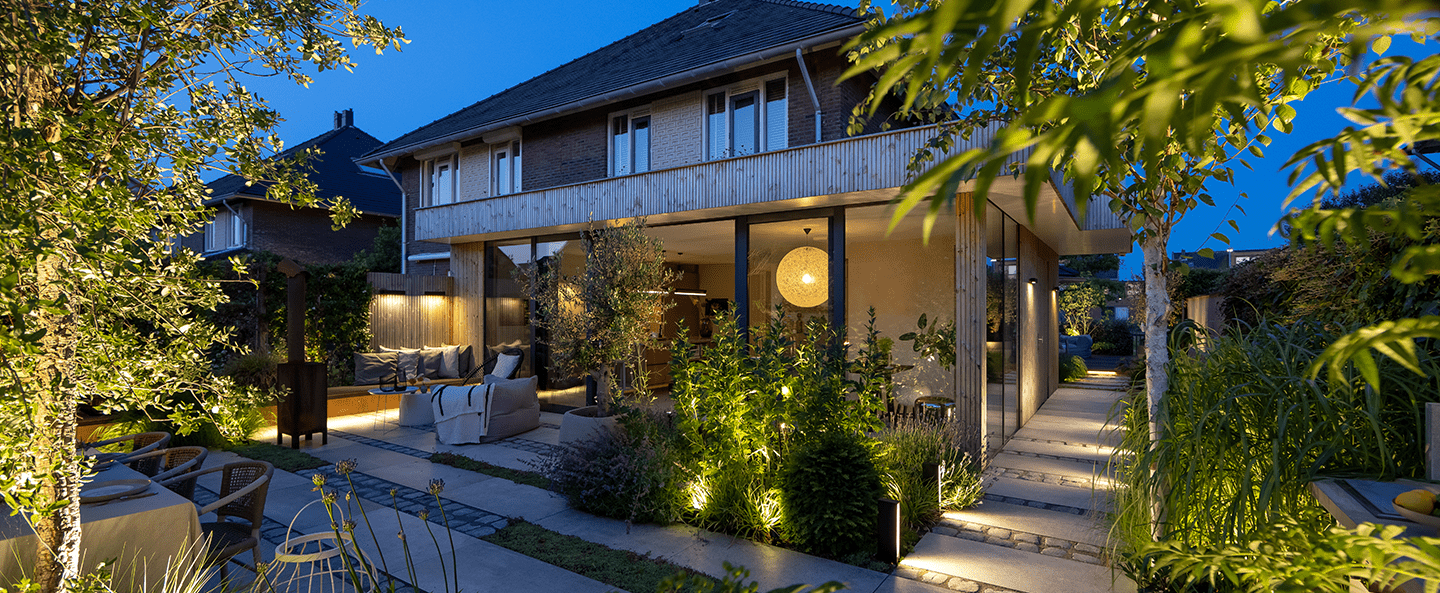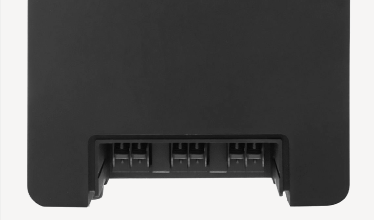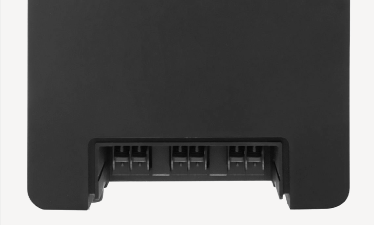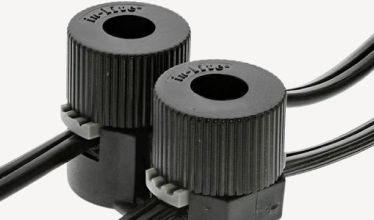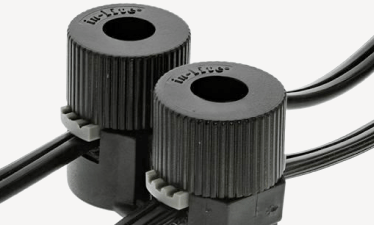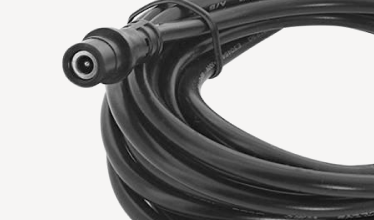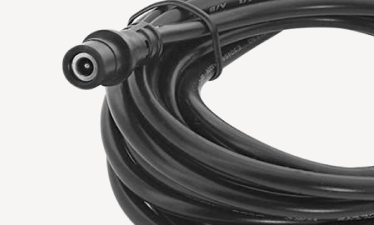Making a cable plan takes no time at all. In just 3 simple steps. You can read how to do it here.
01. Cable plan
As with your lighting plan, the same goes for making a cable plan: start with a sketch. Whether it's your current garden or a garden you're laying new, making a sketch is the basis. A cable plan helps you plan the placement of cables before they are actually laid. This way, you avoid conflicts between cables and any other objects in the garden. This way, you guarantee optimal performance and - very importantly - the right safety.
Important points to include in your sketch:
Calculate the total power of your lighting plan
How many transformers do you need?
Moreover, it is easier to make changes before the cables go into the ground. This saves you time and effort. Very convenient!
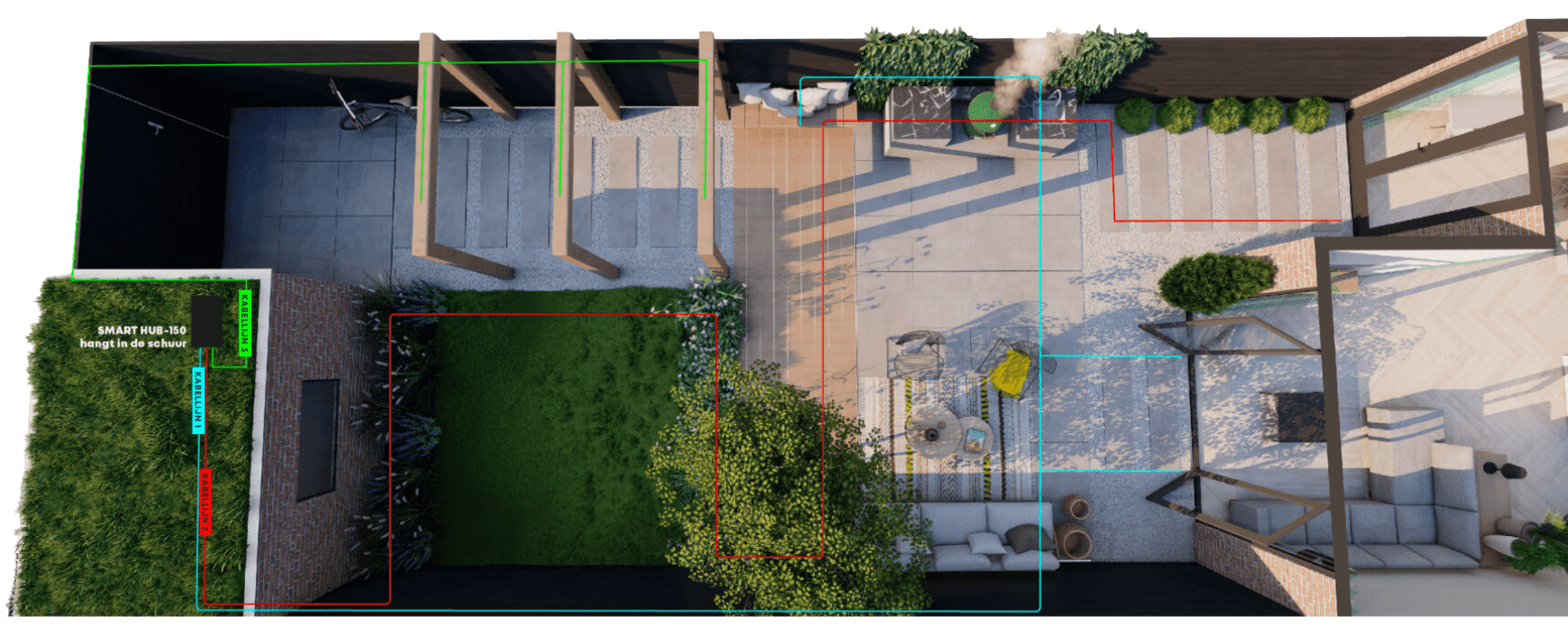

02. step-by-step
Once your overall sketch is ready, it's time to draw in the ground cables. The starting point: the transformer. By the way, we recommend hanging the transformer indoors, for example in the shed. From the transformer, you draw the cable(s) so that they lead past all the fixtures. Where it ends does not matter. You easily - and safely - hide the cable under a layer of earth.
It is important to note the length of the cable. From transformer to the end of the cable. That way you know exactly how much cable you need.
03. double check your VA value
Your cable plan is ready. And now? To be sure, check one last time that the transformers are not overloaded. Make sure you add up the VAs of all the fixtures you want to connect. And that this is always lower than the maximum load capacity of the transformer.
HUB-50 > max 50VA
HUB-100 > max 100VA
SMART HUB-150 > max 150VA
In addition, try to distribute the powers as much as possible across the cable outputs.
FIXTURE | NUMBER | VA / PIECE | TOTAL VA |
|---|---|---|---|
ACE DOWN | 7 | 5,3 VA | 37,1 VA |
MINI SCOPE CEILING | 6 | 2,0 VA | 12,0 VA |
EVO FLEX 2M | 2 | 15,7 VA | 31,4 VA |
LUNA | 1 | 5,0 VA | 5,0 VA |
PUCK | 6 | 2,5 VA | 15,0 VA |
EVO GROUND 300 | 4 | 1,0 VA | 4,0 VA |
BIG FLUX | 2 | 4,2 VA | 8,4 VA |
ACE HIGH | 3 | 5,3 VA | 15,9 VA |
MINI SCOPE | 4 | 2,0 VA | 12,0 VA |
TOTAL | 140,8 VA |
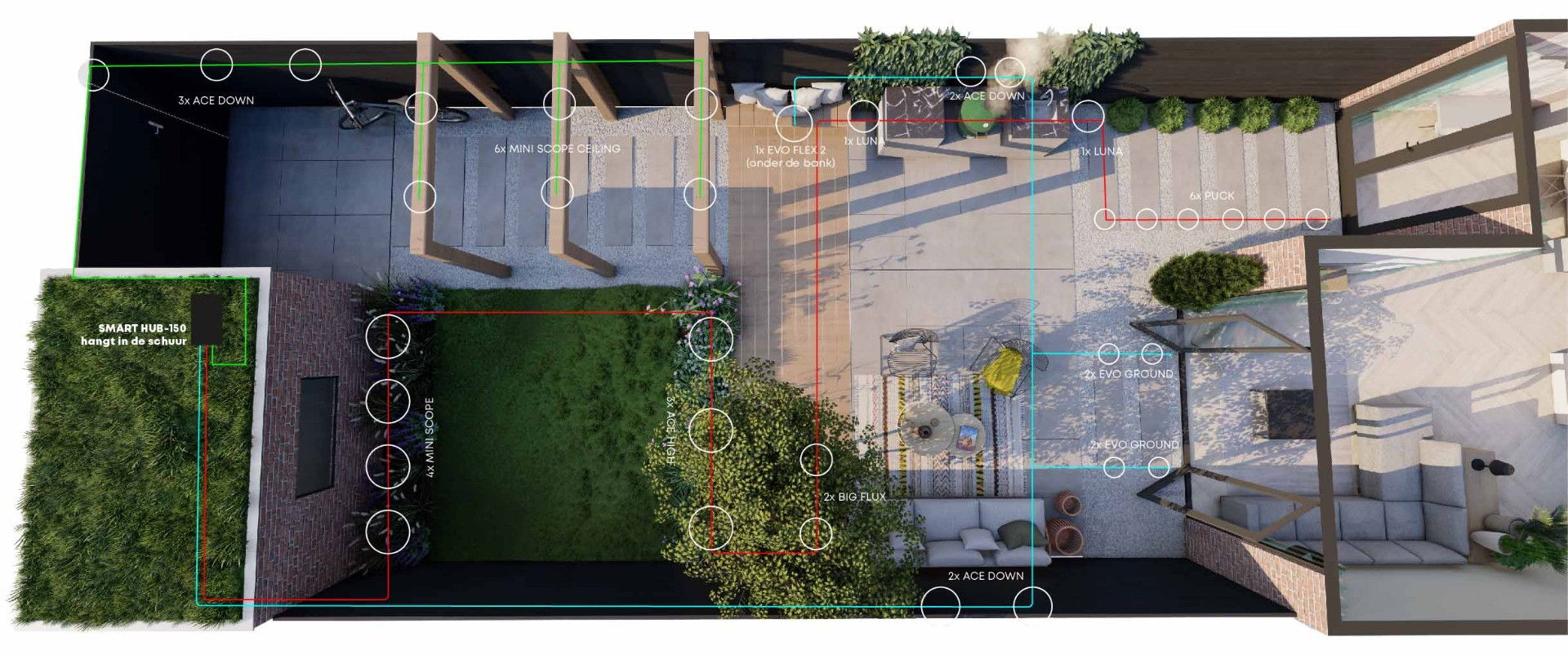

Outsource cable plan
After reading these steps, do you think: I'd rather outsource it anyway? No problem. At in-lite, we have professionals who can provide you with excellent assistance. They will create both a cable and lighting plan for your garden.
Making a lighting design?
Before drawing up a cable plan, it is important to know where the garden lighting is going to be. You record this in a lighting plan. How to make one? Read the article: 'In 4 Steps to a Lighting Plan'. After all, your lighting plan is the basis of your cable plan and necessary before you go any further. If you still have questions after reading the article, or prefer to outsource? You can! Request a lighting plan and we will come and help you.
